The Daylilies
... Here Today, Gone Tomorrow
“Hemerocallis”, describes daylilies to a “T”. Perfect description for a gorgeous flower that lives and dies within the span of a single day.
One word, not day lilies - they were once part of the Liliaceae family, with Lilium, the true lilies. They didn't fit in well so they needed a family of their own.... the Hemerocallidaceae.
There are only about 15 species of Hemerocallis but there are thousands of cultivars! The species originated in China, Japan and Korea... but they've carved out their niche in North American gardens. In fact, we've embraced them with gusto!
These flowers have captured the imagination of flower breeders everywhere... the wild and wonderful new cultivars are proof that they're very popular in our gardens.
Experiment with different lenses, a fish-eye or a macro lens. Or try a lens-baby.
Daylilies Close Up
I spent a day on Toronto Island and found a sunny group of huge yellow daylily blooms. They were frilly, lemon chiffon yellow and oh, so fluffy! The textures make them look much darker than they were and I like both the original photo and this edited image.
Both of these photos were taken with the Nikon 105 mm. macro lens. It was mostly sunny but there were a few light clouds. I set everything up for the shot (with a tripod) and waited for a cloud to even out the light.
Now that photography has turned mostly digital and not so much film, the photography process isn't as expensive... as far as film and processing, that is! But just because you're shooting digital, don't just mindlessly snap away. Take your time, be critical when you look through the viewfinder.
If you know the story you want to tell, then you have to think carefully about composition and exposure. The viewer should immediately “get it” when they look at your photo.
The first step in the picture-taking process is to decide on your story. In the picture below, it's the three curvy filaments smack in the middle of the photo. They're in sharp focus. Anything in sharp focus attracts our eyes. It's also the dark brown powder on a lighter background and the dark centre they emerge from that makes them stand out.
Use A Macro Lens
... prepare to be mesmerized
Looking through a macro lens is fascinating. There are so many details you'd
never see otherwise. If you've
never looked through one, take a magnifying glass out to the garden and poke around with it for awhile. Amazing! Or go to a photography store and rent one for a day or two... try before you buy... always a good idea.
Experiment with macro, wide-angle, and close-up, as well as tackling the flower from every angle. Don't be afraid to stick to one beautiful flower for all your shots. You're better off getting one or two superb shots than a hundred "snapshots".
If you're interested in following up on macro photography, try my friend John's site. It's entirely
devoted to macro photography. He has lots of advice for you. This link will send you to his equipment page, which is probably where you want to start out.
Composition
... using the Rule of Thirds and more
The largest raindrop is the focal point in this photo. It sits on the imaginary line across the lower 1/3 of the image. And the stamens sit on the line that runs up-down along the left side.
There are also lots of curves and angles in the petals, filaments and buds. And repeating lines running the length of the petals.
The front petal and the big rain drop are sharp. The background is out of focus. I used my 105 macro lens for the shallow depth of field.
|
For editing, I used Photoshop and Perfect Photo Suite 9 to add the "sun" and the hot colour around it. So, pack your tripod and go armed with a macro if you have one. Choose fresh flowers with no brown spots and you're on your way to getting some terrific pictures of daylilies. |
Lines and Angles
... make your composition more interesting
|
I love the gentle colors and the yellow ruffled petals! See how the 2 blooms form a large triangle? 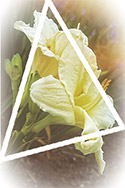 The stems and leaves form a striped pattern from the bottom left across the image to the top corner. |
Raindrops
... real or fake, they perk up your flower photos
About Daylilies
... to know them is to love great photos
- They grow in clumps that you can separate in spring or fall to propagate more.
- They like 8 hours of sunshine each day but they do alright in very light shade. (Light shade is perfect for flower photography... it evens out the light so no blown-out highlights or dark shadows.)
- They're not fussy and do well in poor soil and drought. Wow, a plant the worst gardener probably won't kill! In fact, if the soil is too rich, they put all their energy into growing new foliage instead of flowers.
- The flowers love looking at the sun. If you plant them in shade, you'll see the flowers turning as the sun moves across the sky. (Plan the time of day to photograph them with the best background in mind.)
Want some help with growing daylilies? Need to add some amazing new plants to your garden? Try this fantastic breeder....
We're in the Hayfield Now is in Orono, Southern Ontario.
Take your camera and spend a few hours. Bet you'll want to take some of those babies home with you.
Please leave a comment below on what you've learned or any topic you want to know about. And if you enjoyed this page, it would be super if you'd "like" it.
All this helps me know how to create even more great content for you.
Flower Photography Home › Pictures of Flowers › Daylilies
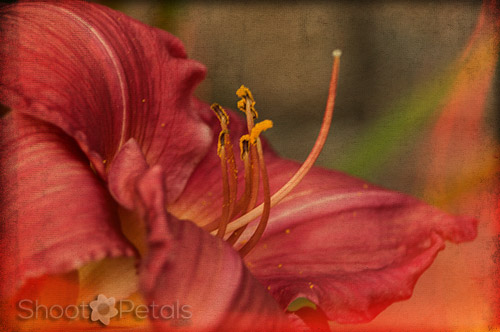
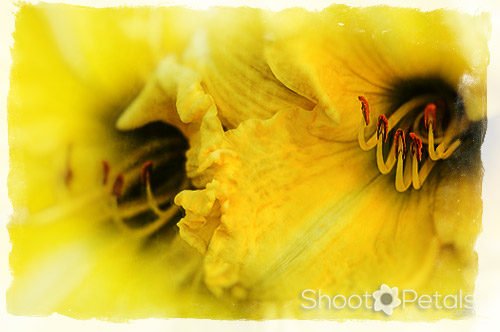
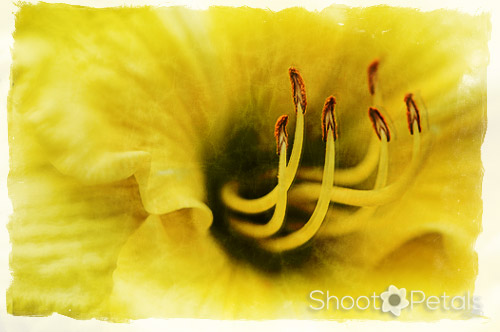
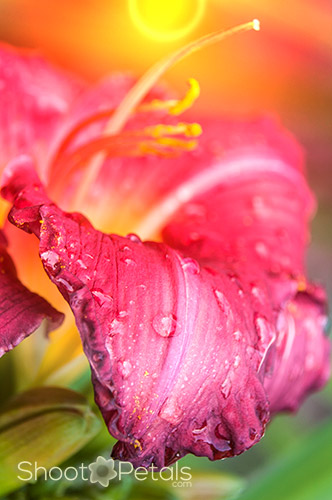
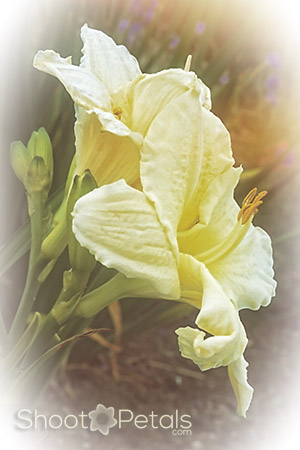
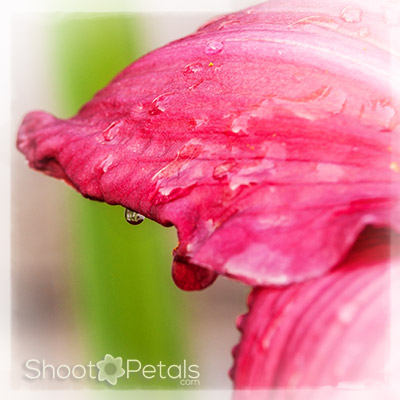
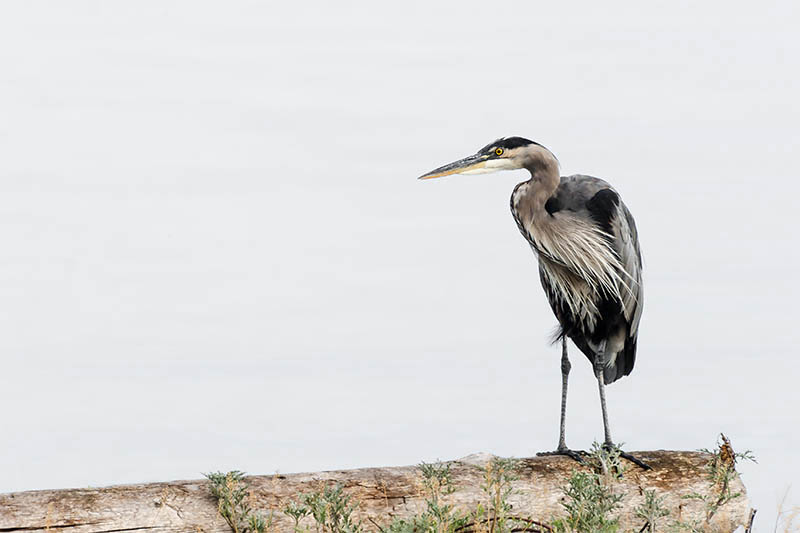


New! Comments
Please leave me a comment in the box below.I'd love to hear your stories, share your photos and read your comments about this page.